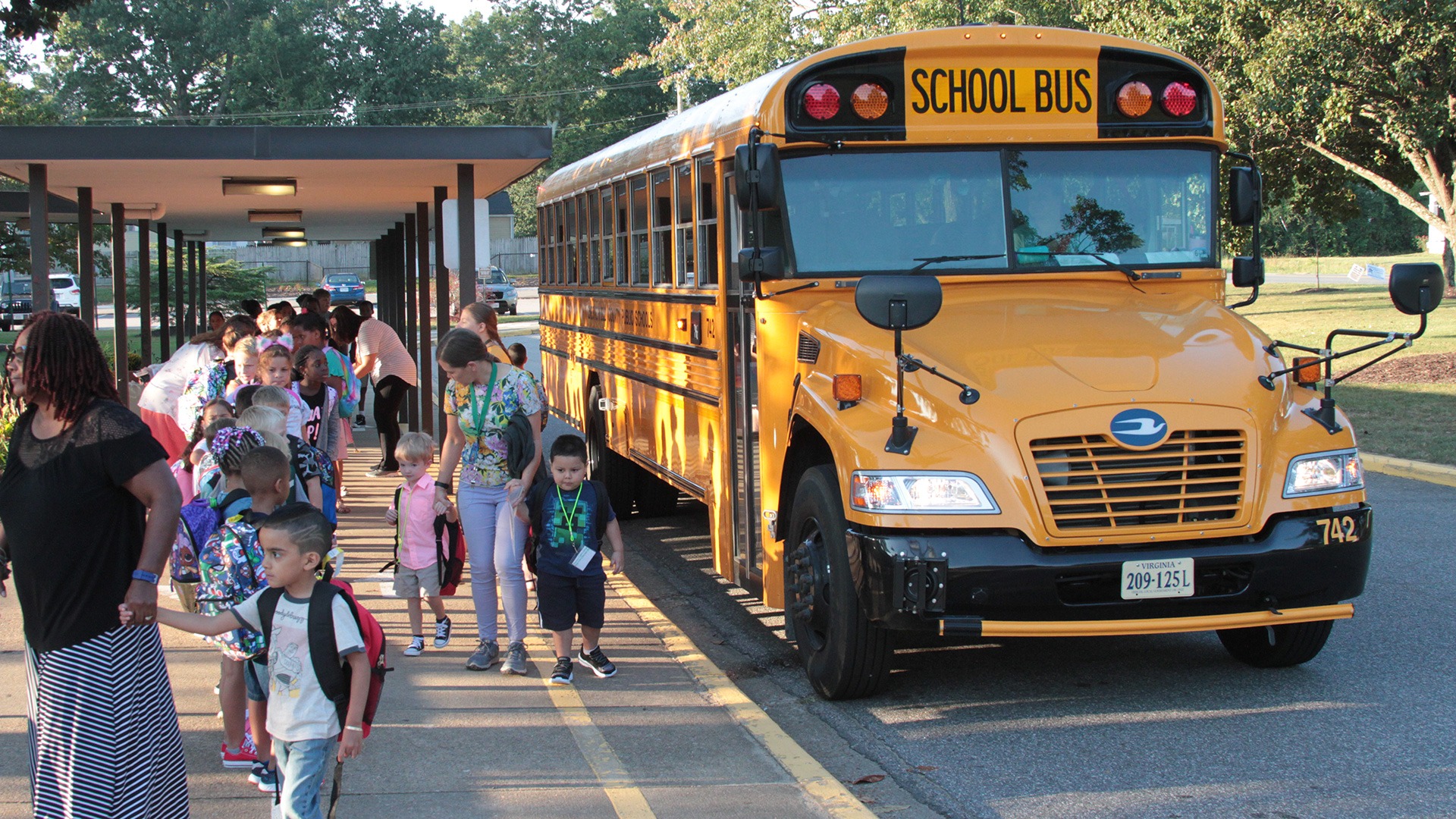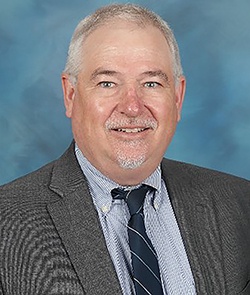
Continuing our coverage of how Chesterfield County Public Schools (CCPS) of Virginia addressed its driver shortage, School BUSRide spoke with Josh Davis, chief operating officer at CCPS, on the continued efforts and lessons learned from this initiative.
 Please tell us about yourself.
Please tell us about yourself.
I am the Chief Operations Officer for Chesterfield County Public Schools (CCPS), and I’ve also been responsible for Pupil Transportation in two other large districts in Virginia. We are a growing district with about 64,000 students, I would like to note that we have more students now than we did pre-COVID.
How did the driver shortage uniquely affect CCPS?
Chesterfield, like many districts pre-COVID, struggled to achieve full employment of school bus drivers. We have about 500 bus driver positions, including some drivers that operate as floaters. When we closed schools in March of 2020, we did everything we could to keep our drivers under contract. We found alternative work for them, whether it was helping with food distribution or working in our warehouses and so forth.
Fast forward to the beginning of the 2021-2022 school year, we opened our doors for full-time, face-to-face education. We were short about 150 bus drivers out of the 500 that we needed.
Our superintendent and our chief financial officer got together with county officials and we were able to come up with a much more desirable compensation package for CCPS drivers. Wages were raised across the board by $3 per hour, with a minimum starting wage of $20.21 per hour and the more senior drivers getting higher degrees of pay. Almost the entire transportation department also received raises, whether it was a coordinator, a manager, anyone that had a CDL in their job description received that raise. They also received a $3,000 retention bonus that was paid in increments throughout the school year.
Once the news got out that we were offering additional compensation, we began to get a flood of candidates. It took a couple of months at the beginning to process those candidates, but by the middle of October, we had really cranked up our training. All of those efforts were extremely successful, with the focus on compensation, recruiting smartly, and training and putting new folks in the seats.
How receptive were county officials to the problem – and solution – you described?
I feel very fortunate that they were totally on board and great partners. They recognized that we had a crisis in regard to our ability to provide the transportation that was needed for our students. The whole process moved very quickly over a single weekend. We were able to hold a press conference with members of the local school board, the superintendent, members of the board of supervisors and the county administrator, to speak about the actions that they were taking to improve compensation.
Aside from the pay increase, what other efforts have proven effective?
One of our top candidates would be somebody that is bilingual, usually Spanish in addition to English. We have found that advertising on some of the Spanish speaking radio stations has been effective in that regard. Retention is another area we are looking at. Turnover is a huge element when it comes to drivers, so we are trying to look very carefully at why people leave. We are working with our principals to try and connect with our drivers more and provide additional support in terms of student management, etc.
There are challenges with driving a bus. Some folks haven’t worked with children much, and until they’re put in front of 60 of them on a school bus and some have struggled with student management. There were instances where perhaps we weren’t getting this degree of support that we wanted from school leadership in regard to helping with disciplinary action. We want our drivers to feel supported not only by their direct supervisor, but by the staff at the schools that they are serving.
As a seasoned professional, what advice can you offer our members? What can the NAPT do to help you?
Most of my exposure to the association has been at the annual trade shows, which are the best. They have always been time very well spent in professional development.
In the big picture I think we all need to continue to share these lessons coming out of the pandemic and finding the next level of service that we can provide to our students and finding common threads of problems and solutions.
Whether you do that through annual meetings, webinars, or activities at the regional level. I just want to see the organization come back strong and provide that forum for our professionals to have a dialogue with each other, to understand our common issues, to continue to learn, because I would never pretend that I have all the solutions.


